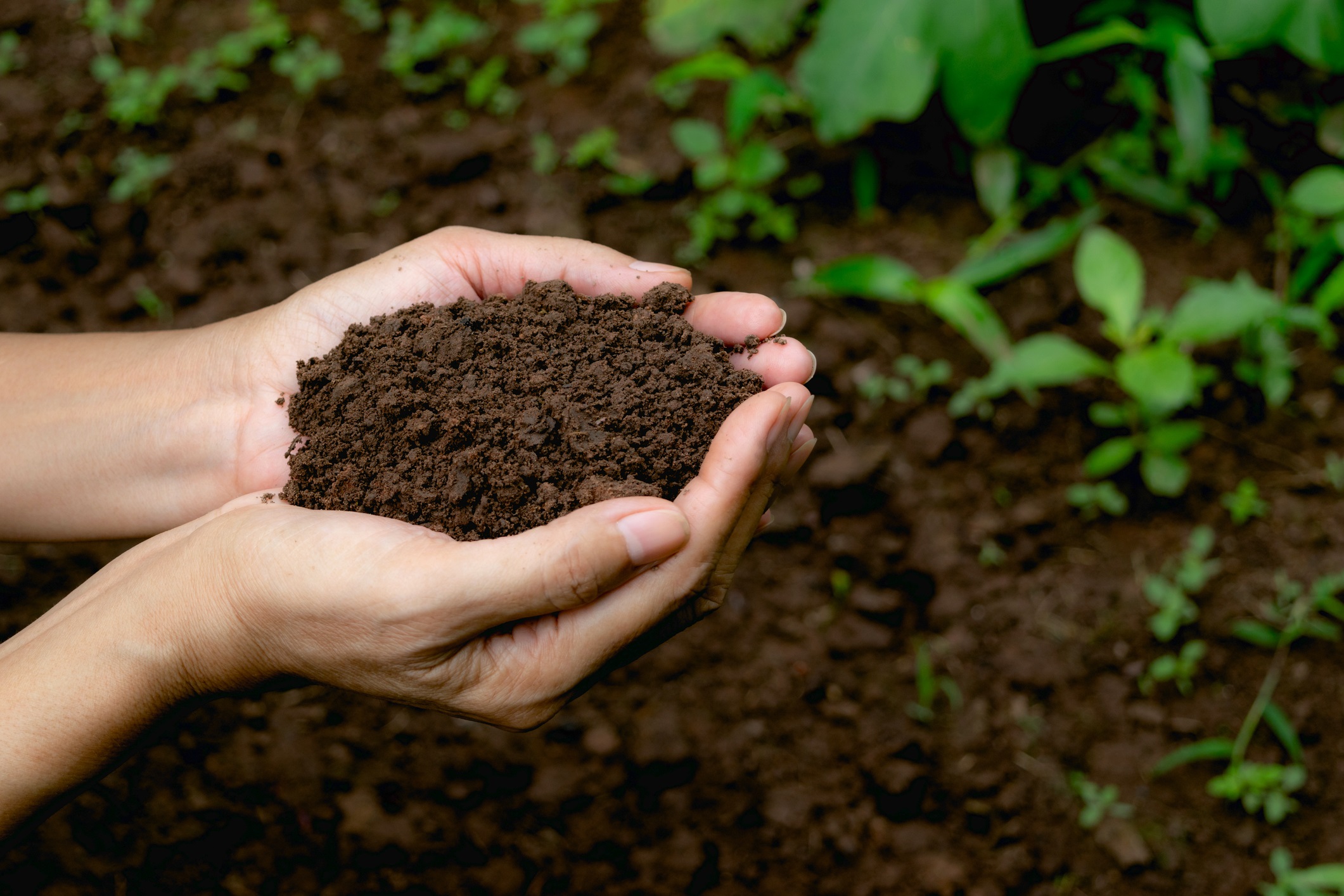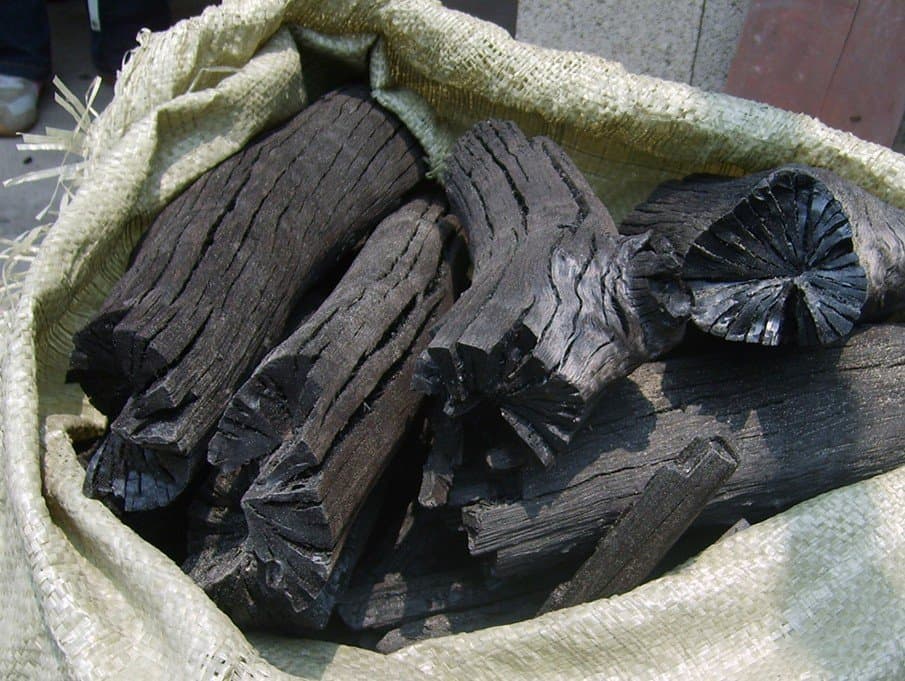In the realm of sustainable agriculture and environmental conservation, biochar pyrolysis emerges as a transformative process, offering not only a solution to organic waste management but also a key to optimizing soil pH for healthier and more productive crops. In this in-depth exploration, we will uncover the science behind biochar pyrolysis equipment, its profound impact on soil pH levels, and the sustainable agricultural practices that harness its potential.

Understanding Biochar Pyrolysis
1. The Pyrolysis Process
Biochar pyrolysis involves the thermal decomposition of organic materials, such as agricultural residues, wood, or plant biomass, in the absence of oxygen. This process, typically carried out at high temperatures, results in the production of biochar—a stable carbon-rich material with a porous structure.
2. Biochar’s Role in Soil Amendment
Biochar, when incorporated into the soil, acts as a powerful soil amendment. Its porous structure provides a habitat for beneficial microorganisms, enhances water retention, and improves nutrient availability. Beyond these benefits, biochar’s interaction with soil pH is a significant aspect of its impact on agricultural landscapes.
The Influence of Biochar Pyrolysis on Soil pH
1. pH Basics: The Foundation of Soil Health
Soil pH, a measure of the acidity or alkalinity of the soil, profoundly affects nutrient availability to plants. Most crops thrive in soils with a slightly acidic to neutral pH range, typically between 6.0 and 7.5. However, soil pH can vary, and imbalances can hinder nutrient uptake by plant roots.
2. Biochar as a pH Buffer
Biochar, with its alkaline properties, plays a pivotal role in buffering soil pH. When introduced into acidic soils, biochar helps neutralize excess acidity, bringing the pH closer to the optimal range for plant growth. Conversely, in alkaline soils, biochar can slightly lower the pH, creating a more favorable environment for a broader range of crops.
3. pH Stability Over Time
Unlike some conventional soil amendments, biochar’s pH-buffering capacity endures over time. This stability ensures a sustained impact on soil pH levels, contributing to a more resilient and consistent growing environment for crops. Get the suitable sugarcane bagasse charcoal machine.
Benefits of Biochar Pyrolysis for Soil pH Optimization
1. Nutrient Availability Enhancement
Optimizing soil pH through biochar pyrolysis enhances nutrient availability. The balanced pH promotes the efficient uptake of essential nutrients by plant roots, fostering healthier growth and development.
2. Reduced Soil Acidification
In regions where soil acidification is a concern, biochar pyrolysis offers an eco-friendly remedy. By neutralizing excess acidity, biochar helps mitigate the detrimental effects of soil acidification on plant health.
3. Sustainable Agriculture Practices
Integrating biochar pyrolysis into agricultural practices aligns with sustainable farming principles. The process not only aids in pH optimization but also contributes to carbon sequestration, reducing the overall carbon footprint of farming operations.

Implementation Strategies: Harnessing Biochar Pyrolysis for Soil pH Balance
1. Application Rates and Methods
Determining the appropriate biochar application rate is crucial for achieving the desired pH balance. Soil testing and analysis help guide farmers in tailoring biochar application to specific soil conditions. Common methods include surface application, incorporation into the soil, or use in composting.
2. Crop-Specific Considerations
Different crops exhibit varying preferences for soil pH levels. Tailoring biochar application to match the pH requirements of specific crops ensures optimal growth conditions and maximizes the benefits of the pyrolysis process.
3. Integration with Other Soil Amendments
Biochar pyrolysis can be integrated with other soil amendments, such as compost and organic fertilizers, to create a synergistic effect. This holistic approach enhances overall soil health, fertility, and structure.
Success Stories: Biochar Pyrolysis in Action
1. Restoring Degraded Soils in [Region]
In [Region], a collaborative effort between local farmers and environmental organizations utilized biochar pyrolysis to restore degraded soils. The project not only improved soil pH but also rejuvenated the agricultural landscape, leading to increased crop yields and farmer income.
2. Sustainable Vineyard Practices
In a vineyard setting, biochar pyrolysis proved instrumental in optimizing soil pH for grape cultivation. The resulting improvements in grape quality and vine health underscored the potential of biochar in specialized agricultural contexts.
Challenges and Considerations
1. Biochar Production Methods
The source material and production methods of biochar can influence its impact on soil pH. Understanding the characteristics of biochar derived from different feedstocks is crucial for effective implementation. View the straw charcoal making equipment.
2. Long-Term Monitoring
While biochar’s pH-stabilizing effects are known to endure, continuous monitoring is essential to assess long-term trends and make any necessary adjustments to application rates or methods.
3. Regional Variations
Soil types and regional variations can influence the effectiveness of biochar pyrolysis for pH optimization. Tailoring biochar application strategies to local conditions enhances its efficacy.
Conclusion: Paving the Way for Sustainable Agriculture
In the intricate dance of agricultural sustainability, biochar pyrolysis emerges as a key partner, offering a harmonious solution to soil pH optimization. As farmers, researchers, and environmentalists join forces to harness the potential of biochar, the promise of greener and more resilient agriculture comes to fruition. The journey from pyrolysis to pH optimization not only revitalizes the earth beneath our feet but also charts a course towards a more sustainable and balanced future for global agriculture.